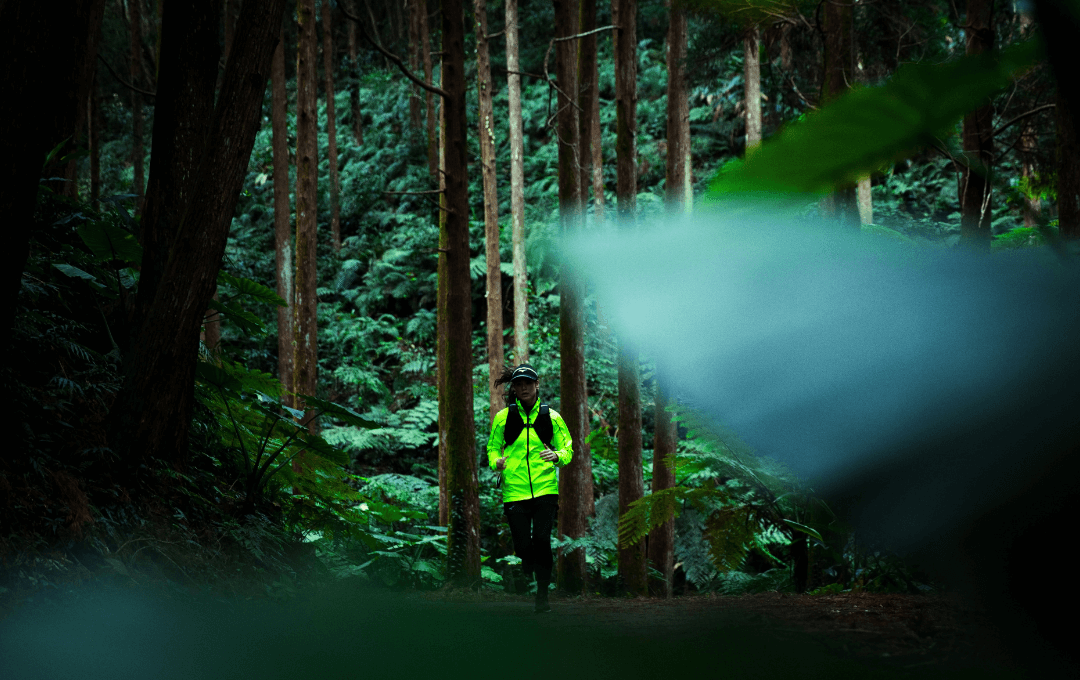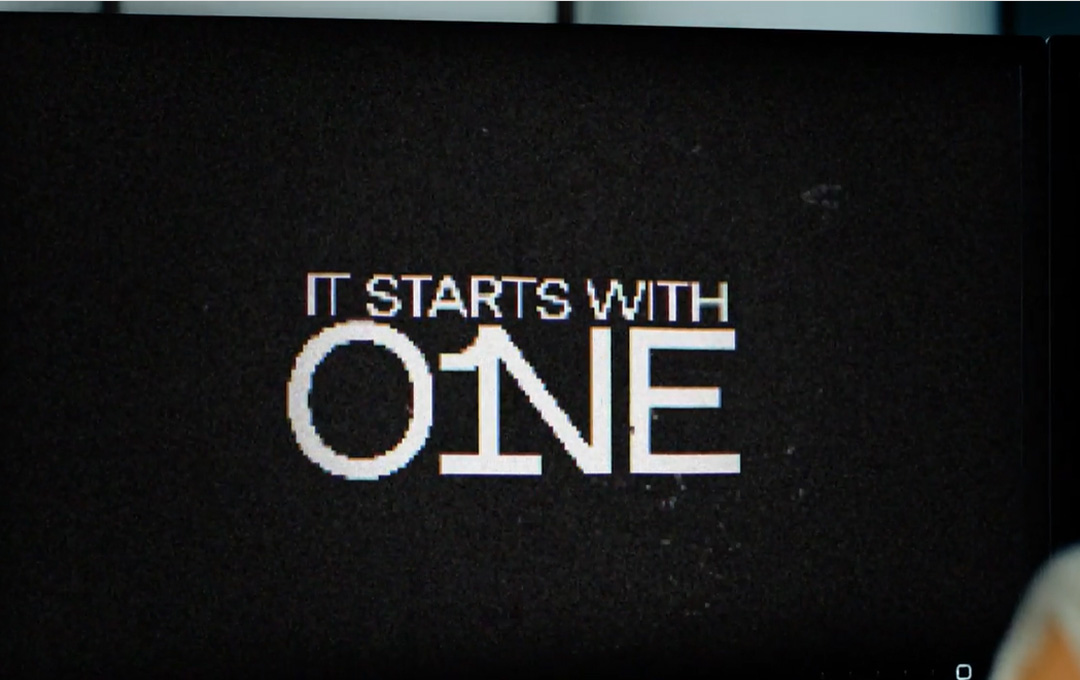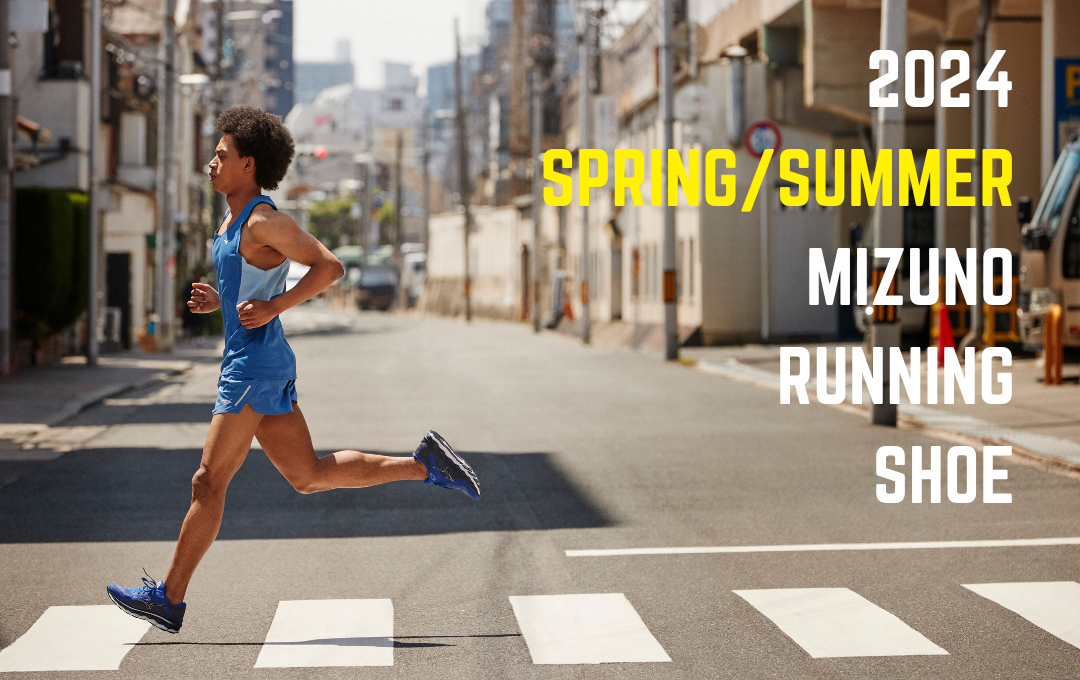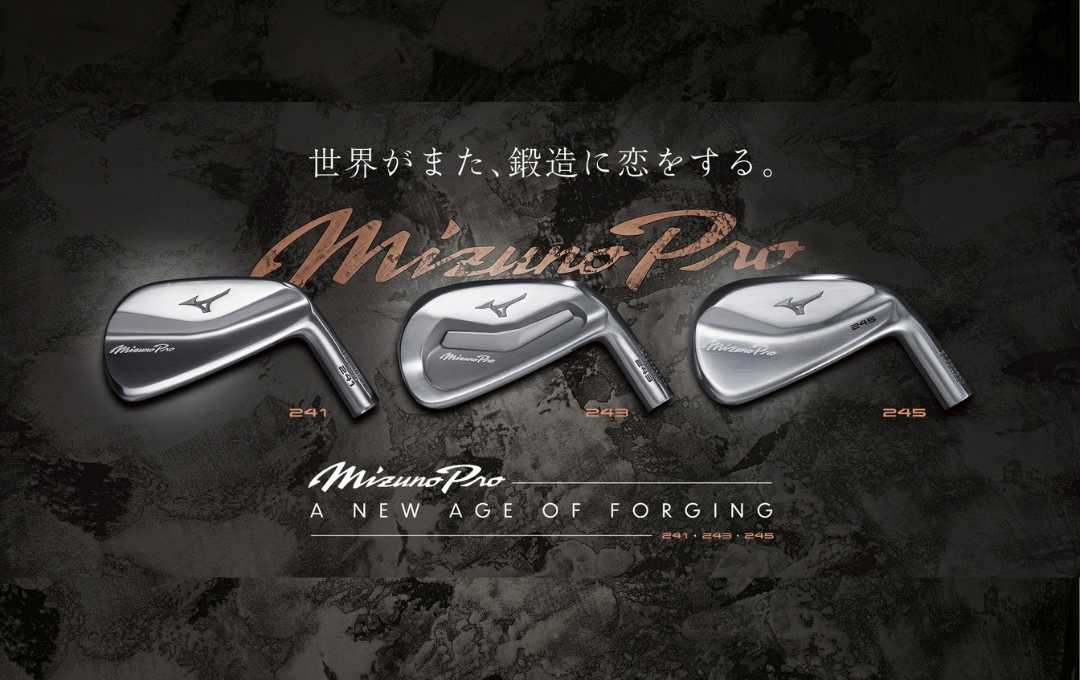REDUCING CO2 EMISSIONS

Amount of CO2 Emitted by Mizuno
97% (as of FY 2020) of Mizuno’s total CO2 emissions fall into the category of Scope 3 (indirect emissions by other companies), of which approximately 80% is related to category 1, “purchased products and services.” *1
*1 Refer to Sustainability Report 2021
Mizuno is making focused efforts to reduce CO2 emissions that not only fall into the categories of Scope 1 (Mizuno’s direct emissions) and Scope 2 (Mizuno’s indirect emissions), but also Scope 3, in cooperation with external partners.
Efforts to Reduce CO2 Emissions – Scope 3
Proactive Use of Materials and Manufacturing Methods with a Low Environmental Burden
Mizuno considers ways to incorporate materials and manufacturing methods with a low environmental burden during the planning of products in our apparel, footwear and equipment categories.
We strive proactively to realize the functionality required of sporting goods, while also reducing our environmental burden.
Wave Plate Made from Plant-based Material
Mizuno’s major shoes are equipped with a key function known as MIZUNO WAVE. The use of a wave-shaped sole in these shoes achieves a balance between the conflicting issues of cushioning and stability by dispersing and absorbing vertical impacts, while also realizing lateral stability. This function has been realized by incorporating a Wave Plate in the sole, made mainly from Arkema’s bio-based (castor bean) resins Pebax® Rnew® / Rilsan®. Such Wave Plates have been deployed in numerous models of shoes for over 10 years, with a total of 10 million such shoes sold so far throughout the world. Compared to using conventional materials derived from petroleum, this has achieved a total reduction in CO2 emissions amounting to more than a total of 4,700t-CO2, simultaneously achieving a reduction in environmental burden and functionality.*2
*2 Not only is this environmentally friendly in terms of reducing the use of materials derived from petroleum, but also in terms of the use of castor beans, an inedible plant native to India, grows well in semi-arid, which prevents deforestation.
Categories/Items for deployment: Certain running shoe products

Clothes/Accessories Made from Recycled Rice Husks
Mizuno has been adopting Triporous ™, a material developed by Sony Group Corporation and derived from rice husks, in some of Mizuno’s EM SELECTION products. As surplus biomass, around 2 million tons of rice husk waste is generated in Japan, and over 100 million tons are generated throughout the world. Mizuno contributes to the realization of an eco-conscious circular society by recycling the huge amount of rice husks discarded throughout the world.
Triporous™ is a trademark of Sony Group Corporation.
Categories/Items for deployment: Certain T-shirt, mouth cover, sock, and towel products

Lifestyle Apparel Made from Recycled Plastic Bottles
Mizuno deploys lifestyle apparel made from recycled plastic bottles.
One short-sleeve T-shirt uses recycled material derived from around 11 plastic bottles (500 ml).
One long-sleeve T-shirt uses recycled material derived from around 13 plastic bottles (500 ml).
One dress uses recycled material derived from around 17 plastic bottles (500 ml).
Categories/Items for deployment: Certain T-shirt and dress products
Artificial Turf Filler Made from Recycled Used Tea Leaves
Field Chip G (green tea), an artificial turf filler, was developed in collaboration with ITO EN, LTD. (hereinafter “ITO EN”) using ITO EN’s used tea leaf recycling system.
Producing enough Field Chip G to cover an entire long pile artificial turf soccer field requires the use of tea leaves used to make around 430,000 bottles of ITO EN’s 525 ml sized Oi Ocha green tea. Used tea leaves contain carbon dioxide absorbed by their trees, so covering an entire soccer field with Field Chip G made from recycled tea leaves enables the reduction of atmospheric CO2 by around 4.3t-CO2*3. Furthermore, Field Chip G can suppress rises in surface temperatures by around 7 ℃ compared to black rubber chip fillers.
*3 Carbon content measured using Yanaco Technical Science Corporation’s HCN Coder MT-700 HCN.
Categories/Items for deployment: Artificial turf filler, Field Chip G (green tea)
Environmentally Friendly Packaging for Baseballs
Mizuno uses GL BARRIER, which protects products from humidity (moisture) and light, in its packaging material for official game balls delivered to the Nippon Professional Baseball Organization (NPB).
Official game ball packaging to date has consisted of aluminum foil and clear films to minimize the impact of temperature and humidity when storing the balls, and prevent color change from ultraviolet rays. Using GL BARRIER as packaging material makes it possible to maintain an equal or better level of protection for balls without aluminum foil. Because of this, Mizuno expects to be able to reduce its CO2 emissions by around 1.7t a year*4, compared to existing packaging materials.
*4 From raw material mining through to disposal after use (according to research done by Toppan Inc. and Mizuno).
Categories/Items for deployment: Packaging material for official game balls provided to Nippon Professional Baseball Organization (NPB)
Setting of Internal KPIs for Scope 3 Emissions
Each of the apparel, footwear and equipment product headquarters has set internal targets aimed at achieving our 2030-50 environmental goals.
Both the apparel and footwear product headquarters have set internal standards for using recycled materials, plant-based synthetic materials and biodegradable synthetic materials, as well as standards to reduce the use of water in manufacturing processes, and are managing the target levels and results.
The product headquarters for equipment whose production has a large impact on CO2 emissions resulting from the disposal of carbon, leather (including artificial/synthetic leather), metals and other materials used, manages target levels and results to reduce material loss in the manufacturing process.
Apparel → 100% of products to be environmentally friendly by 2028 (in all categories of new products)
Footwear → 100% of products to be environmentally friendly products by 2027 (in all categories of new products)
Equipment → Reduce material loss in the manufacturing process, reduce energy consumption during manufacturing, and reduce/streamline use of subsidiary materials to achieve 30% reduction by 2030 (compared to 2018)
Scope1,2
Mizuno will promote efforts to reach its goal of reducing annual emissions by 3% year-on-year by focusing on gasoline and electricity, which account for a high proportion of emissions, toward a 30% reduction in CO₂ emissions in 2030 (compared to 2018).



